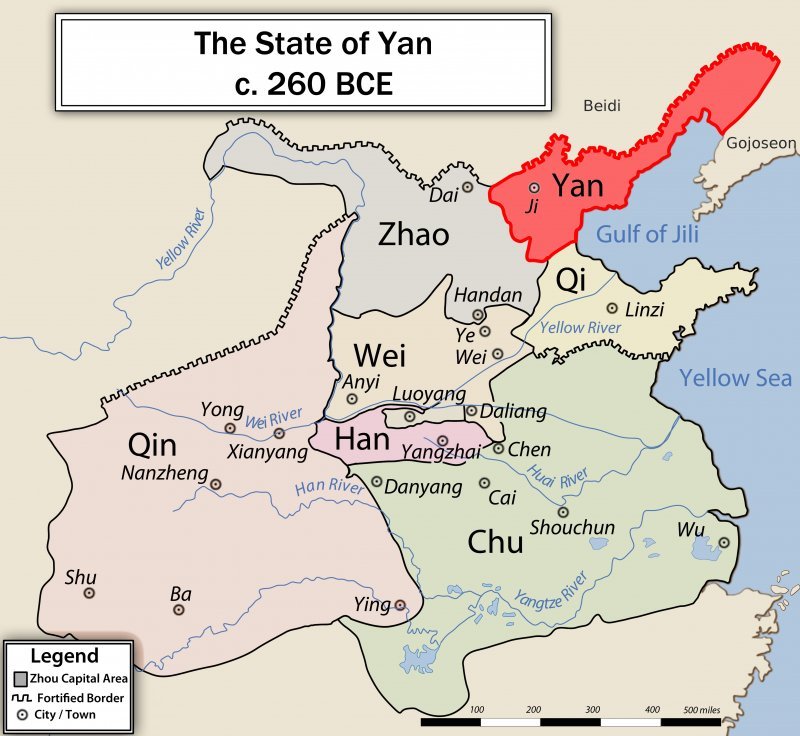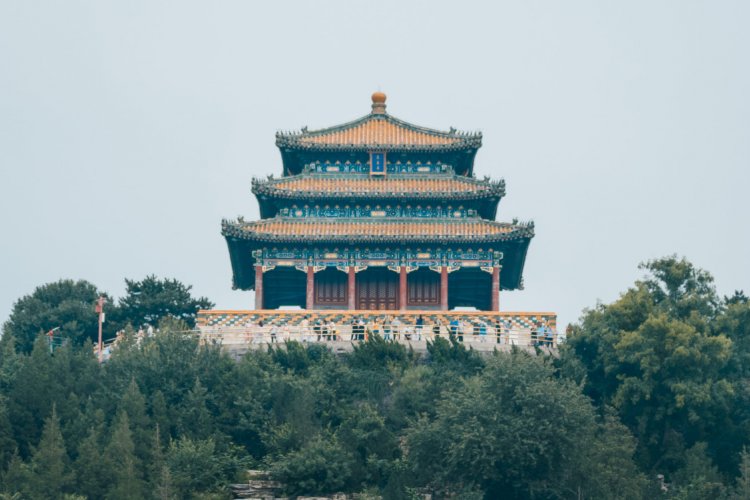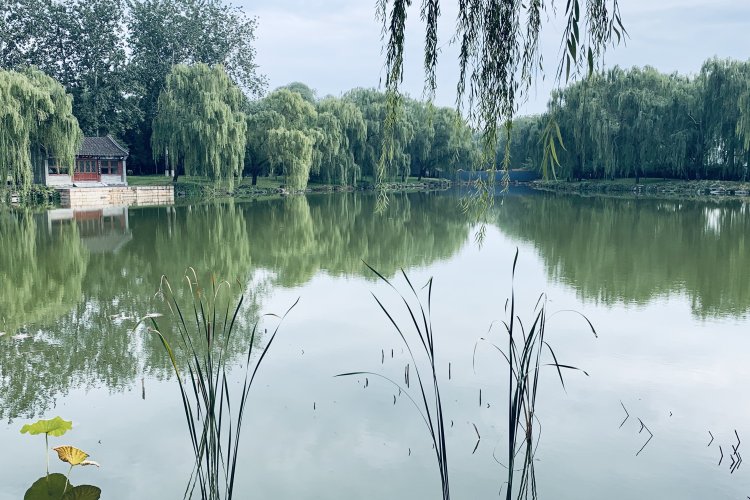Story of the 'Jing: Just How Old is the City of Beijing?
In Story of the 'Jing, we look at the history and tales of our fair city and how they inform the capital as we know it today.
How old is Beijing?
If you head down to the Peking Man World Heritage Site at Zhoukoudian in the Fangshan District, you can meet the folks who lived in this area between 770,000 and 230,000 years ago. Most serious anthropologists generally agree that the remains found in 1921 at Zhoukoudian are not direct descendants of modern humans. Still, some local theorists will tell you that somewhere, somehow, someway, a little Peking Man DNA found its way into your local kuaidi driver. Modern human settlements -- with agriculture, pottery, and jade working, dating to the Neolithic era (about 7000 years ago) have been discovered in Huairou, Pinggu, Changping, and other outlying districts.

Nevertheless, while the story of Peking Man and these early settlers is fascinating, neither group built anything like a city.
Casting our gaze a little further along the timeline, skipping over mythology, and heading straight to the archaeologists' table, we find evidence of city-states in the 11th century BCE. Ji and Yan were rival polities nominally subservient to the kings of the Zhou civilization that ruled the Yellow River basin from 1046 to 770 BCE.
The Zhou kings dispersed their power to loyal members of the nobility and their relatives. The Duke of Shao was the brother of King Wu, founder of the Zhou. In gratitude and recognition of the Duke of Shao's ability on the battlefield and at court, the King appointed him to rule the State of Yan in 1045 BCE.
Yan eventually absorbed its smaller neighbor Ji, but then took the somewhat unusual step of adopting the former Ji capital city as its own seat of power. Known historically — and conveniently — as Jicheng (City of Ji), this city seems to have been located in the southwestern section of present-day Beijing, just south of Guang'anmen, overlapping the contemporary districts of Xicheng and Fengtai.

Even after the state of Yan was destroyed and the area fell to the Qin Empire in the 3rd century BCE, the city of Ji survived into the imperial period, albeit with occasional rebranding depending on who was in control of the area, and was known at various times as Jicheng, Youzhou, and Yanjing (Hence the name of Beijingers' favorite cheap beer)
The city changed considerably once non-Chinese groups began carving off parts of north China as their own, starting with the Khitan in the 10th century CE, followed by the Jurchens in the 12th century, and, perhaps most famously, the Mongols in the 13th century. Each of these conquest dynasties established a capital on the site of present-day Beijing, with the Khitan and Jin building walled cities more or less where earlier incarnations of Beijing had been located, slightly southwest of the modern urban core.

It was Kublai Khan and the Mongols who shifted the city to the north and east, centering their capital along the axis which still runs through the heart of Beijing in the 21st century.
The city we live in today owes perhaps its greatest debt to the dynasty which replaced the Mongols. The Yongle Emperor of the Ming Dynasty ordered his primary dynastic capital built on the ruins of the old Mongolian city starting in the early 15th century. It is the Yongle Emperor's city, with its walls, gates, Forbidden City, Temple of Heaven, and other famous sites that form the core of modern Beijing.

The Yongle Emperor is also generally credited with the name Beijing, distinguishing it from the demoted "secondary" Ming capital in the southern city of Nanjing. Although in the later imperial period, many people referred to Beijing as the "Capital City" (Jingshi) or by other nicknames rather than the official name.
So how old is Beijing, then? It is safe to say that there have been cities in this area dating back at least 3000 years. While most of those earlier urban entities exist only in fragmented archeological remains, they were an important foundation for modern Beijing.

If we ask the same question about the city of Beijing as we know it today, in its current configuration and location, then we have to give credit to Kublai Khan and his capital Khanbaliq (known in Chinese as Dadu) about 700 years ago.
Finally, if we narrow our answer to a city that would be as recognizable to its founder as to people visiting in the 20th century, then that would be the Ming capital built on orders of the Yongle Emperor a little over 600 years ago.
Like most things in Beijing, even the most straightforward query leads to many more questions and few simple answers.
Jeremiah Jenne earned his Ph.D. in Chinese history from the University of California, Davis, and taught Late Imperial and Modern China for over 15 years. He has lived in Beijing for nearly two decades and is the proprietor of Beijing by Foot, organizing history education programs and walking tours of the city.
READ: Story of the 'Jing: Legends and Myths of Jingshan Park
Images: Unsplash, Wikipedia, ThoughtCo







